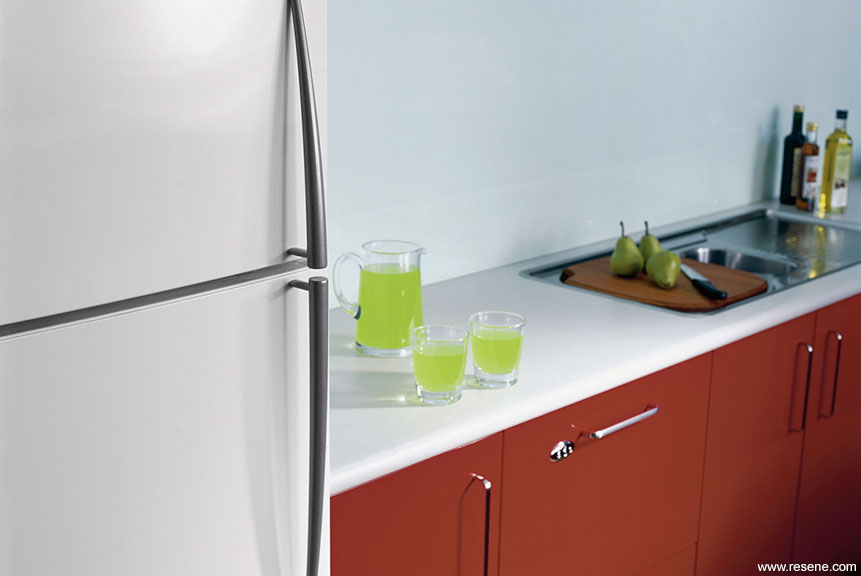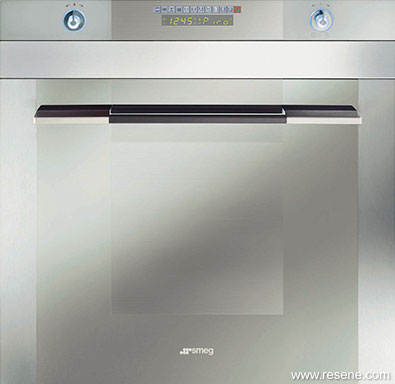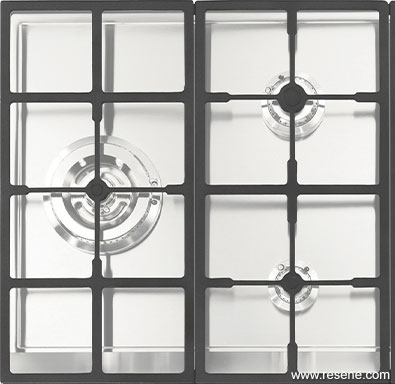From Habitat magazine - issue 07
Reducing your carbon footprint at home can be as easy as taking a closer look at your appliances… and how you use them.
When replacing them, choosing the most energy-efficient models and using them correctly will make a big difference in terms of reducing climate change effects, saving power and water, and saving you money.

So, how can you make sure you’re using your existing appliances as efficiently as possible? Re-reading instruction manuals is a good start, says Mark Jones of Applico Appliances.
“It’s surprising how many people don’t! But understanding how your appliances work is essential to getting the full benefits from them.”
For instance, why use fancy oven cleaners when most instruction booklets offer a cheaper, more eco-friendly method. Remove the baking tray and soak in warm, soapy water; turn the oven on high for 20 minutes and steam the grime for easy removal.
Don’t overcook food; let meat rest for 10 minutes or so, says Mark.
“Just because you’ve turned the oven off doesn’t mean the food’s stopped cooking. In fact, leaving meat to settle makes it more tender and moist.”


Take cooking a traditional roast, for example. Instead of putting the meat in the pan and arranging the vegies around it, Mark advocates a more energy-efficient approach. “Put the meat on the wire rack and place the vegetables in their pan underneath to catch the wonderful drippings. This will cut cooking time considerably.”
Then, there’s the laundry.
“People tend to use far more detergent than recommended. This creates too many suds, blocks up the machine and> prevents it from functioning at its best,” says Mark.
Take time to choose the right settings – don’t just hit a set cycle button. “Put it on soak first. This will break up dirt particles, making the wash easier. You can then finish on a fast cycle.”
So, what should you be looking for when shopping for energy-efficient appliances? As well as having a good energy rating, the appliances you choose should take into consideration the specific needs of your household, says Mark. For example, smaller families should consider a smaller dishwasher. They should also maybe opt for a front-loading washing machine with a larger drum capacity and settings such as pre-soak. From large purchasing decisions to small changes in the way you use your appliances, every little bit helps!
For some, the most fuel-efficient, non-polluting and eco-friendly way to get around is a push bike; for others, it’s public transport. For still others, it’s a hybrid car with both a petrol-powered engine and an electric motor, a combination that improves fuel economy and helps lower emissions.
However, as an environmentally motivated car buyer, you may be concerned about swapping one problem for another – are we creating a toxic nightmare when these batteries end up in landfills? Are these hybrid batteries the same as conventional lead acid batteries, which are filled with nasty, corrosive, carcinogenic ooze? No, they’re not, says Steven Pollard of The Clean Green Car Company. The toxic levels of nickel metal batteries – the type hybrids use – are much lower. And while the challenge of recycling is some years away yet, the major car manufacturers are prepared.
“Every part of the battery, from the precious metals to the plastic, plates, steel case and the wiring, can be recycled,” says Pollard.
And each battery carries as a toll-free number to call for disposal advice. Toyota offers a $200 bounty to ensure theirs are returned to the company for recycling.
And Honda will collect the battery and transfer it to a preferred recycler. And in the future? Lithium-ion batteries look set to replace the nickel-metal hybrid battery in the third-generation Toyota Prius.
words: June-Ann Russell
pictures: courtesy of Fisher and Paykel and Applico Group
Search habitat magazine stories
Printed copies of habitat highlights are available from late March 2024 at Resene ColorShops and resellers, while stocks last. You can view back issues of habitat magazine online.
Specifiers:
If you have an idea, project or story that you think would suit habitat, we’d love to hear from you. Please drop us an email with your details and include photos if submitting a project.
Sign up for a DIY card and Save! Australia | New Zealand